BROWSE COUNTRIES/ TERRITORIES
Asia's ancient artforms
For three people, with more than 75 years of martial arts training between them, the fighting arts have transformed into music, movement and meditation. Chia Ming Chien traces their journeys.
Fofoa Temese, my Wing Tsun sifu showed me the magic of being in the moment, where theory, body and mind crystallize into practical function. Darryl Ervin married my love for jazz to my martial arts practice; I had no idea they were so intimately connected. And while martial arts and meditation may seem as different as war and peace, my tai chi teacher, Tan Hup Cheng, through his practice, revealed the connection between martial arts and spiritual development was no myth. Here I let these masters speak for themselves.
FOFOA TEMESE — MASTER OF MOVEMENT
What is the difference between a fight to death and a dance celebrating life? None. For Fofoa Temese, there is no difference in experience when he dances or when he fights; any distinction lies only in purpose. Those familiar with Fofoa describe him as a master of movement who has gone beyond the duality distinguishing dancing from fighting.
After spending over 25 years deeply immersed in martial arts and over 18 years as a dancer and choreographer, Fofoa explains the intimacy between these two seemingly disparate art forms: “Martial arts and dance are both sides of the same coin of movement. My real interest is not in dance, but movement—where dance and martial arts express both sides of the same coin, like yin and yang.”

A marriage of martial arts and dance
As he sees it, “the martial arts represent the instinct of the human species to survive. If you want to eat you have to hunt and kill. To defend yourself or your territory, you fight. On the other side of the coin, dance is about another aspect of life: expressing and celebrating it. But both have the same root because both involve movement. And my passion is movement”
Fofoa began learning martial arts in his teens and
is today one of a few people in the world to have attained the 6th Level in Wing Tsun as certified by Master Tam Hung Fun, Hong Kong. He was the New Zealand National Taekwondo champion and All-Style Full Contact Kick-Boxing champion. He was the founder of Boxercise in Singapore. Professionally, he teaches a variety of martial arts and facilitates self-awareness and healing work.
His martial arts training was preceded by dance, a form of movement he was born into. Every Samoan grows up dancing; it is an intrinsic aspect of their culture. Elaborating on this, Fofoa says, “There is a Samoan tradition during festivities to present your family story to the rest of the village in the form of a dance. All family members participated. If you don’t have dance, your family has no ‘face’.”
These traditional dances movements were performed as a celebration. When Bruce Lee’s martial arts movies came along, Fofoa recognised the martial aspect in these Samoan dance forms. “Previously, when they danced a war dance, it was not seen as a war dance, because it was danced as a celebration. Only until my generation, when martial arts movies came along, did some of us see there is a martial way of presenting the same dance. In fact, like the Maori haka, many of these traditional dances were martial in its original form. For instance, there were already dances about killing a pig. “After watching gongfu movies, the martial aspects in our dances became immediately apparent.”
What is the quest underlying his study of movement? His life work has been about learning, practising and expressing body, mind and spirit through movement and in so doing discover one’s self and the relationship with others. And here, Fofoa provides an interesting insight into a difference between dance and martial arts. As he puts it, “The martial art is a deeper discipline to define the self.”
He explains it this way, “Yes, dance does challenge the body—to surprise one’s self, to reveal one’s self. However with a martial art, you have to challenge yourself to kill another person and be killed. The challenge is to confront death.”
Dance too is about life and death, but not in a physically literal way. In dance, one may confront one’s dark side, the demons within, but the demons are within. With martial arts there is literally a ‘demon’ out there who intends to kill you. Through martial arts, one physically and mentally grasps the meaning “You have to be willing to die in order to be alive.” In confronting and overcoming this fear of death, one comes alive in an acutely vivid way.
Through his immersion in dance and martial arts, a balance was found. These days, Fofoa says, “I don’t think I can any longer see myself as a martial artist or a dancer anymore. Right now what I want is to let go of both labels so I can know the value of myself, as a whole. The question on my mind is not am I a dancer or a martial artist, but “What can I do, what can I do to help you?’”
DARRYL ERVIN – DRUMMING UP CHI
Darryl Ervin was practising some of the deeper aspects of tai-chi long before he ever heard of tai-chi. He acquired these finer skills of tai-chi, skills more commonly attributed to seasoned practitioners, through a form most students of tai-chi would never have thought possible— through playing drums and jazz. Of course, he didn’t realise any of this till years down the road.

Darryl in a tai chi pose
From years of spending hours a day practising drums, just practising a rhythm or scale thousands and thousands of times till it became a part of his natural language, Daryl describes “feeling the energy from the drums, feeling the energy flow through my body. I discovered if I’m holding my sticks properly I can feel the chi at the tip of the sticks.” When I began practising tai-chi and shaolin gongfu, I already knew what it was like to have chi following through my body, knowing how to direct and use it.”
The hallmark of tai-chi is developing and using chi for its martial applications, as opposed to brute muscular strength. A key tai-chi tenet is: Retreat when your opponent advances, advance when your opponent retreats; ie, to constantly ‘stick’ with them. This requires an uncanny sensitivity coupled to an ability to go with the flow. To this end, Darryl says, “Another thing I found very interesting was, jazz being the type of music it is [fluid and spontaneous] and the way I had practised, gave me a very sensitive touch that works really well for a tai-chi practitioner.”
Daryl is a professional jazz drummer and also teaches music at the Singapore American School. With over 30 years of drumming behind him and 15 years of martial arts experience, the last 10 years under Master Sim Poh Huat of the Nam Wah Pai school,Darryl elaborates, “Tai chi and brushes—they’re like magic. The power behind the brushes is in the subtlety. The technique to using brushes is almost the exact opposite to using drumsticks. You want to hit with sticks. When you snap with the brushes, you’re already on your way back. It’s like tai chi—one move merges directly into the next move, it is non-stop. Brushes are exactly the same. For example, the Figure 8 brush stroke is a tracing of the yin yang symbol, where the end of one movement is the beginning of the next. Brushes are like that—almost always circular. Tai chi and brushes use the same exact principles.”
Musicians are masters of rhythm and none more so than a percussionist. Explaining the advantage his music gave him when sparring in the dojo, Darryl says, “I’m always sensing the rhythm which is about timing which is key to fighting. During tai-chi practice, I began to feel the same sense of rhythm I felt in music. I began to hear the rhythm in my pattern, see the rhythm in my opponent, break my rhythm and throw them off of their rhythm. When I was able to bring that together, I found a sense of balance and confidence I had never experienced before.
When I started really practising martial arts and putting it together with my music, I felt a sense of balance I never felt before in my life. Walking down the street, I can feel what’s going on around me without even having to look. Music provided some basis for this all-round awareness, but it became more pronounced when I started practising martial arts. This affected me musically in that it enabled me to hear that much more, in regards to the music and audience around me. I was able to feed off them much more and give that much more back to the audience and the other musicians.”
TAN HUP CHENG—THE MARTIAL PATH TO SPIRITUALITY
Can an art form refined for the purpose of killing another human be the basis of spiritual enlightenment? In fact, says Tan Hup Cheng, Founding President of the Amitabha Buddhist Centre, Singapore, spiritual enlightenment was the express purpose of the original set of chi-kung and nei-kung exercises upon which Shaolin gongfu was based.
Tracing the origins of Shaolin gongfu, Hup Cheng informs us when the Buddhist saint, Bodhidarma first arrived at the Shaolin monastery in China, he found many of the monks physically weak and unable to practise his tantric meditations, let alone achieve enlightenment. Hup Cheng reveals that “Bodhidarma choreographed a set of physical practices—called chi-kung—to strengthen the body and open up the 12 main energy channels in our body to aid the free flow of vital energy or chi. Continued practice transforms these subtle but powerful energies into pure energy forms. Combined with sitting meditations, the whole phenomenon becomes a process of ‘transmutation’. The ultimate aim is to transmute the gross energies of the body like anger, attachment, greed, into pristine states of mind manifesting supreme enlightened qualities like infinite compassion and wisdom.”
These chi-kung and nei-kung exercises unleashed incredible physical power which the Shaolin monks then adapted for martial application. Through time, the original intent was lost and martial arts became a sport or a means of venting our grosser qualities such as anger and fear.
A certified merchant navy captain, Hup Cheng is currently Regional Director for the Port Authority of New York & New Jersey in Singapore. Hup Cheng began learning the hard-style Shaolin gongfu over 35 years ago under Sifu Tan Choo Seng who had trained under Master Seck Koh Chum from the original Shaolin Temple in China. Master Seck, a Zen master, was the Abbot of the Shuang Lin Temple in Singapore. 20 years ago, his Sifu introduced Hup Cheng to the softer style martial art of tai-chi and in the past four years, his practice has focused on chi-kung —developing the body’s internal energies and applying them to the martial arts.

Using mind and will to move energy
As Hup Cheng describes it, “Chi-kung and nei-kung has transformed my tai-chi to a very different level to what one commonly sees practised. Developing these subtle internal energies and learning their martial applications has resulted in my martial art becoming more fluid, intuitive and powerful.”
However, even this softer form is not the end of it. One can go to an even deeper level, to the meditative aspect. “Here,” Hup Cheng explains, “energy is moved not through physical movement but by will. This is the highest form of martial arts practice—to move energy with our mind.” At this deeper level of tai-chi, which is often described as a moving meditation, one is using mind and will to move energy. “ His personal objective is for this energy to be transmuted into spiritual enlightenment.
Hup Cheng started practising Buddhism in 1968. Some 10 years later, he was introduced to Tibetan tantric Buddhism. In the same year, “I met another martial artist called Bob Caputo who pointed out to me the connection between martial arts and Buddhist practice. Initially I was quite sceptical. However, after practising tantric Buddhism, I came to see the unmistakable connection. The energies I was working with in martial arts were identical to the energies I was working with in tantric Buddhism.”
Describing the effect of Buddhist tantric meditation practices on his martial arts, Hup Cheng says, “The whole martial arts experience became more intuitive and thus more effective. My reflexes in physical combat became much faster. When these subtle energies start to flow the physical body transforms. You can hit me with a pole and I won’t feel it. My punches are more powerful now than when I was in my 20s and 30s. My whole being moves as one. Body and mind are an integrated unit.” However, he emphasizes, “The real essence and purpose of the martial arts is not to defeat the external enemy, but to defeat the real enemies of the mind like anger, attachment and ignorance. If you can do that, you will be able to bring so much benefit to others.”
Photos by Chia Ming Chien and Tucky Photography
Login or Register
- Asian Dynasties and History
- Conservation of the Environment
- Definition: Culture
- Economy and Economics
- Food and Recipe
- Geopolitics and Strategic Relations
- Health and Body
- Of Government and Politics
- Religion and Practices
- Social Injustices and Poverty Report
- Society, Class and Division
- Unrest, Conflicts and Wars








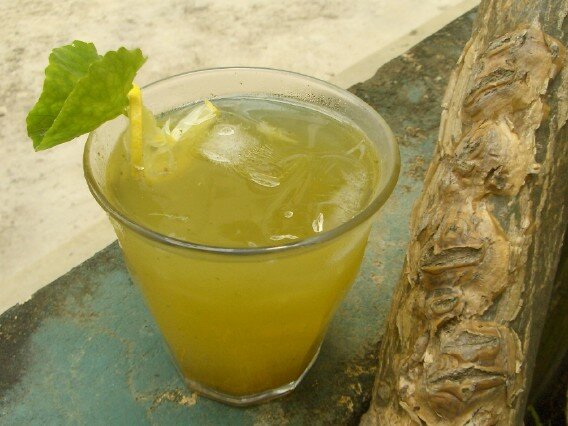





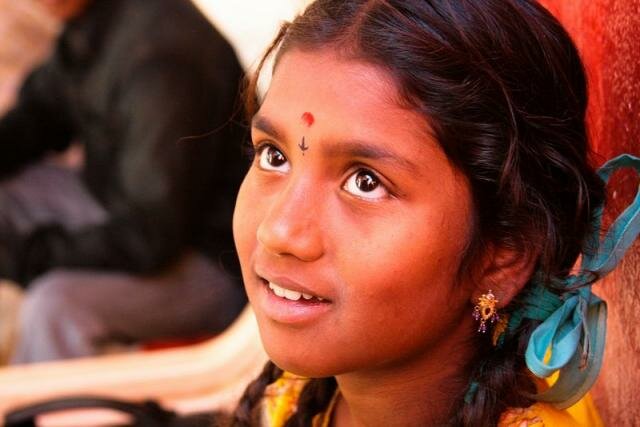
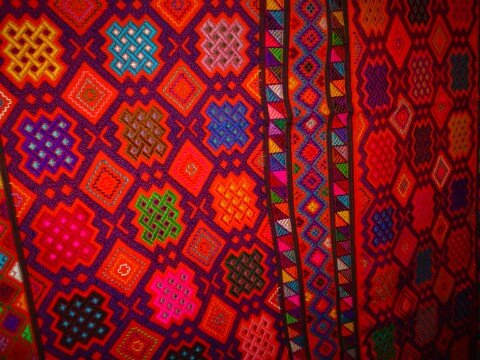

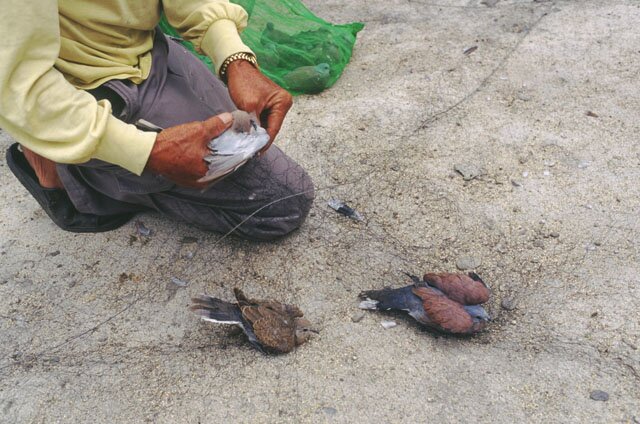







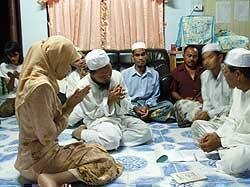






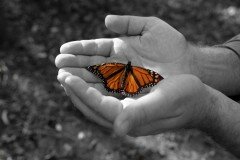
 Another Point
Another Point From Jerusalem to the West Bank
From Jerusalem to the West Bank
Comments
Post new comment